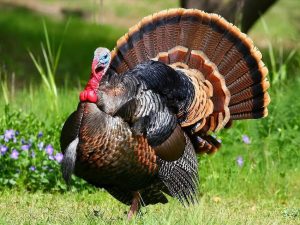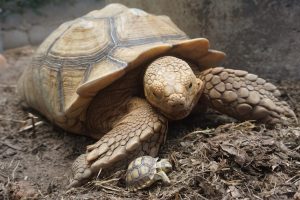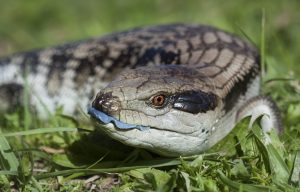Scorpions are very familiar animals to us, especially for those living in rural or mountainous areas. You might have seen one in your house, in bushes, or even on a school campus. So, what do you know about them? Join KnowAllAnimals in the article below to better understand this animal.
- Kingdom: Animalia
- Phylum: Arthropoda
- Subphylum: Chelicerata
- Class: Arachnida
- Clade: Arachnopulmonata
- Order: Scorpiones C. L. Koch, 1837
1. General Facts About Scorpions
First, we will introduce you to some initial facts about scorpions, such as their origin, characteristics, and habitat, to give you a general understanding of them.
1.1. Where Are Scorpions Found?
Scorpions belong to the class Arachnida, are invertebrates, and are part of the subphylum Chelicerata.
There are about 1,750 species of scorpions, belonging to 13 families. They are found on all continents with a dry, warm climate, with the exception of Antarctica and New Zealand. They are especially found throughout areas such as California, Texas, and Arizona.
1.2. Characteristics of a Scorpion
A scorpion’s body is divided into two distinct parts: the cephalothorax (head and thorax) and the abdomen. The abdomen includes the belly and the tail.
Cephalothorax: This part includes the carapace, eyes (two on top of the cephalothorax and 2 to 5 pairs on the sides), the chelicerae (part of the mouth), and the pedipalps (claws) which function for defense and sensation. Scorpions have eight legs.
Belly (Abdomen): The scorpion’s belly has eight segments. The first segment contains the reproductive organs, and a vestige of this organ is called the genital operculum. The second segment has a pair of sensory organs similar to pectines, and the remaining segments contain two book lungs. The belly is covered by a carapace that contains a layer of keratin.
Tail: A scorpion’s tail has six segments, with the last segment containing the anus and the venom gland. In some species, scorpions can have up to two tails.
Carapace: This part covers and protects the scorpion’s body. Some areas have hair that helps with balance. In some species, the carapace will glow green when exposed to ultraviolet light, as it contains a lot of fluorescent material. They cannot glow when they have just molted; this ability of the carapace only becomes active when they are hardened. This carapace is quite strong and can remain intact for millions of years.
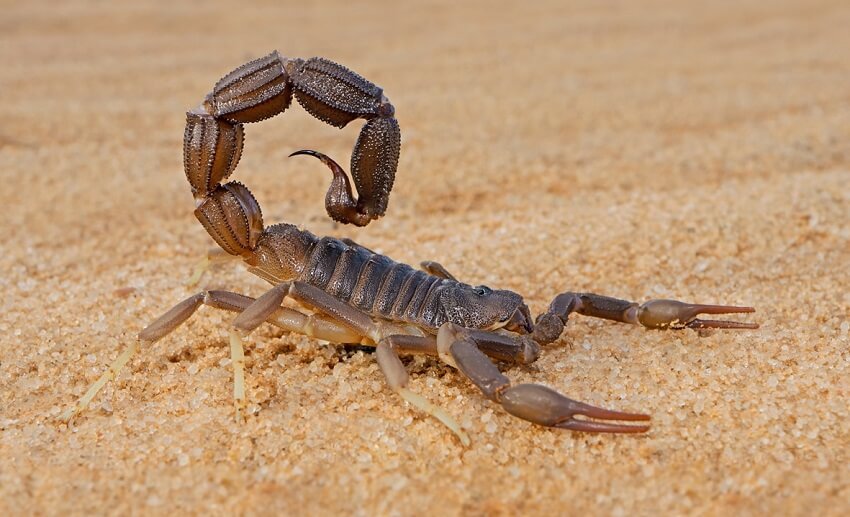
2. Where Do Scorpions Live?
As an arthropod, the scorpion can easily adapt to most terrestrial habitats and prefers to live in areas with a temperature of 20–37°C (68–98.6°F).
They live in areas in high mountains, in caves, deep forests, and intertidal zones (with the exception of areas with cold climates or high-altitude mountains with year-round snow).
Scorpions can live on the ground, in trees, in rock crevices, or on sand dunes. You might even find them inside your house, under a cupboard or a bed; in the bushes in your yard—in cool, damp places. Scorpions are a species endemic to coastal regions.
3. Scorpion Habits
Activity: Scorpions are nocturnal and seek shelter during the day. They often dig burrows to find a cool place to hide.
Scorpions have photophobia (fear of light) and are preyed upon by birds, centipedes, lizards, and larger mammals like mongooses and mice. Therefore, they often exhibit fluorescence to avoid being detected by predators.
Nutrition: A scorpion’s diet consists of insects. When they eat, they use their claws to tear apart their prey before digesting it. However, they will discard all solid parts of their prey (fur, exoskeletons, etc.) and only digest and absorb the liquids.
Reproduction and Development: Scorpions give birth to live young and grow by molting in stages.
After birth, they will cling to their mother’s back during their first molt. After that, they will gradually separate from their mother and go through 5 to 7 molts to become a mature adult.
The molting process begins with the cracking of the carapace on the front part of the body. The claws (legs) will be shed first, followed by the abdomen.
After molting, they need a place to hide from enemies. This is the stage when they are most vulnerable because their bodies are soft and their outer carapace is still weak.
After mating, in many species, the female will eat the male.
Lifespan: Scorpions can live for a minimum of 4 to 25 years.
4. Classification of Scorpions
In the world, there are two main types of scorpions: blue scorpions and black scorpions. Let’s explore them in detail below.
4.1. Blue Scorpions
The blue scorpion is an endemic species found on the islands of Cuba and Central America. In South America, they are found in Colombia and Venezuela. This species is almost non-existent in Europe. In America, many blue scorpions are sold as pets because they show no signs of cannibalism. They can also survive in hot to temperate areas with an average temperature of about 30°C, as long as the area isn’t too humid.
4.2. Black Scorpions (Ground Scorpions)
The black scorpion has a reddish-brown, black, or dark brown body (but it can also be a yellowish-brown color). This is an aggressive species that can even attack its own kind.
They are found in areas with dense bushes, fields, and tropical forests, such as in Southeast Asia (Vietnam, Laos, etc.). They are usually large with big, strong front claws.
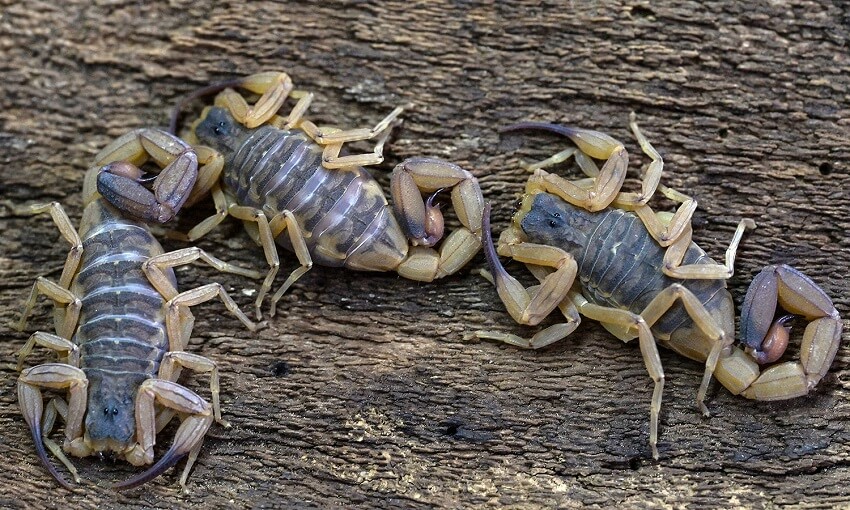
5. Are Black Scorpions Venomous?
The venom of most scorpions is harmless to humans. When bitten, it can cause symptoms such as pain, numbness, and swelling. However, some species of scorpions can be dangerous, even life-threatening to humans, especially the Stalker scorpion.
Their venom can paralyze the central nervous system, causing problems like respiratory failure and leading to death if not treated in time. It can also cause symptoms such as sweating, drooling, and watery eyes. Scorpions can control the amount of venom they inject, which is typically between 0.1 and 0.6 mg.
6. How to Treat a Scorpion Sting
If you are unfortunate enough to be stung by a scorpion, you need to treat the sting quickly. If left for too long, it can lead to complications and be life-threatening, especially for the elderly and children. You need to pay attention to the following:
You need to keep the sting area lower than your heart to prevent the venom from spreading throughout your body. Then, clean the wound by disinfecting it or applying a clean ice pack.
You can bandage the wound with Povidone 10% or 70% alcohol and take painkillers and antibiotics to relieve the pain.
For children, the elderly, and those who have a strong reaction after being stung or if the sting is in a dangerous location, you need to quickly take them to the nearest hospital for an injection and timely treatment.
Note: In any case, even after taking medication and feeling better, you still need to see a doctor for a comprehensive check-up to ensure your safety.
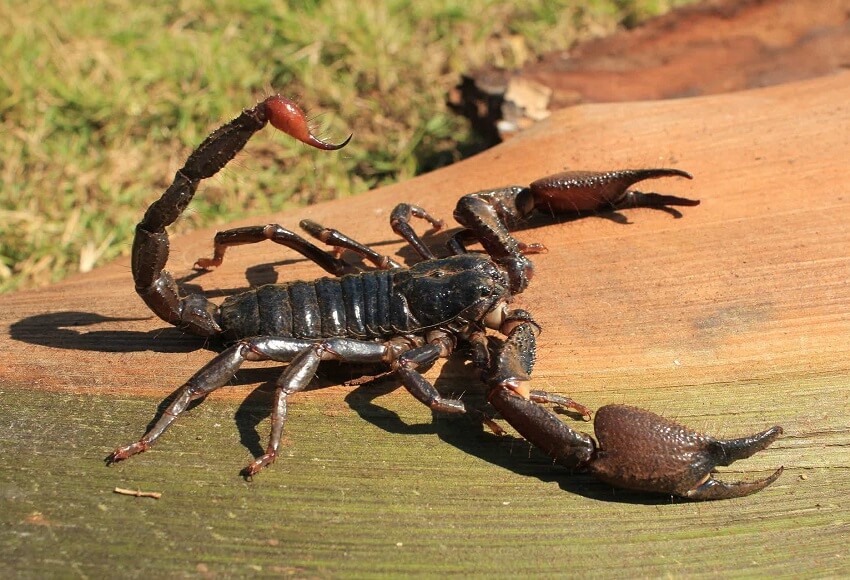
7. How to Raise Scorpions
Although they are a dangerous species, scorpions can bring great economic value. Below, we will guide you on how to raise scorpions for the best results.
7.1. What Do Scorpions Eat?
Scorpions are carnivores. Their food usually consists of small crustaceans, snails, frogs, toads, fish, and various insects, especially crickets and worms.
7.2. Scorpion Enclosure
A scorpion enclosure can be built with bricks and kept outdoors without a roof (a roof is also a good idea in areas with a lot of sun, rain, and cold).
There is no need to smooth the floor, as they are animals that love to dig and burrow. This will help them maintain their wild instincts, which in turn helps to ensure their quality.
You only need to put a few coconut shells, rotting boards, and grass in the enclosure to give the scorpions a place to hide and stay warm in the winter.
You should create a root system with trees like bamboo or other trees and cover them with soil. They will dig burrows to avoid being flooded.
Note: You should build the enclosure in a dry location that will not be flooded. It should have a water ditch to keep out ants and a smooth brick lining around the top of the enclosure to prevent the scorpions from climbing out. You also need to have effective disease prevention measures for your scorpions.
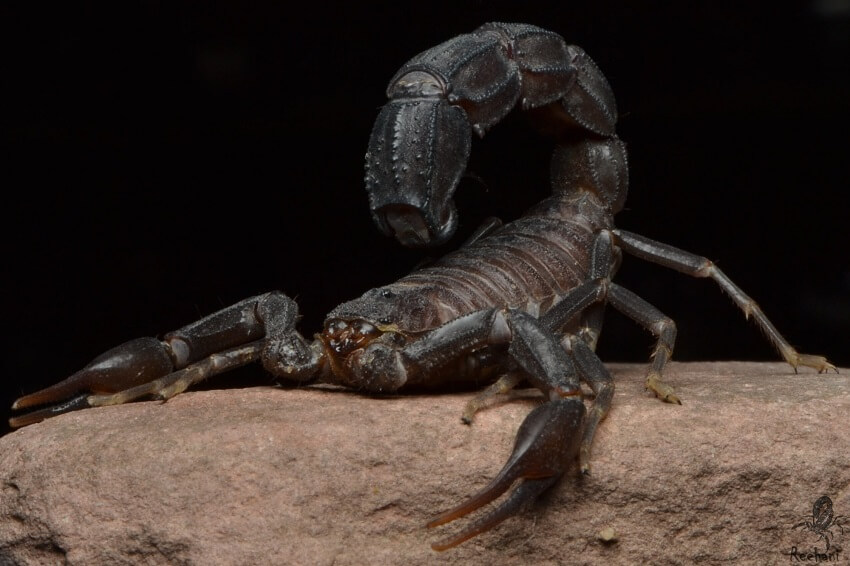
8. FAQs
1. Are all scorpions venomous?
Yes, all scorpions have venom, but most species are harmless to humans. Only a few have venom potent enough to be dangerous.
2. What do scorpions eat?
Scorpions are carnivorous predators that feed mainly on insects, spiders, and other small invertebrates.
3. Where do scorpions live?
Scorpions can be found in deserts, grasslands, forests, and caves, thriving in warm and dry climates.
4. Can scorpions be kept as pets?
Yes, some species like the Emperor Scorpion are commonly kept as pets, but they require specific care and safe handling.
This has been some information about Scorpions. We hope it helps you learn more about this interesting animal. Thank you for reading this article from KnowAllAnimals!
References: https://en.wikipedia.org/wiki/Scorpions

